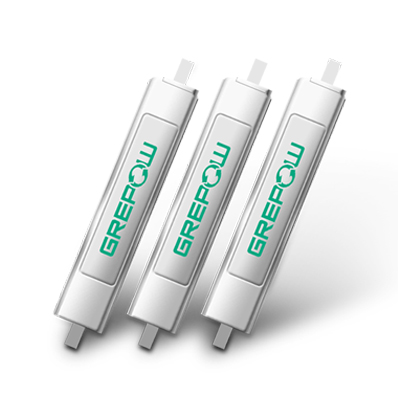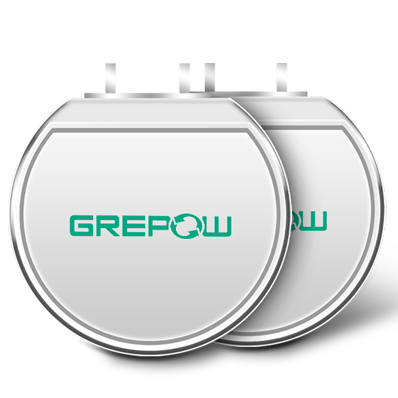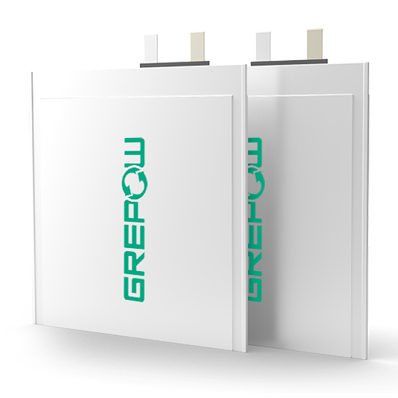New Stretchable Battery Can Power Wearable Electronics
Electronics are showing up everywhere: on our laps, in pockets and purses and, increasingly, snuggled up against our skin or sewed into our clothing.But the adoption of wearable electronics has so far been limited by their need to derive power from bulky, rigid batteries that reduce comfort and may present safety hazards due to chemical leakage or combustion.
Now Stanford researchers have developed a soft and stretchable battery that relies on a special type of plastic to store power more safely than the flammable formulations used in conventional batteries today.
"Until now we haven't had a power source that could stretch and bend the way our bodies do, so that we can design electronics that people can comfortably wear," said chemical engineer Zhenan Bao, who teamed up with materials scientist Yi Cui to develop the device they describe in the Nov. 26 edition of Nature Communications.
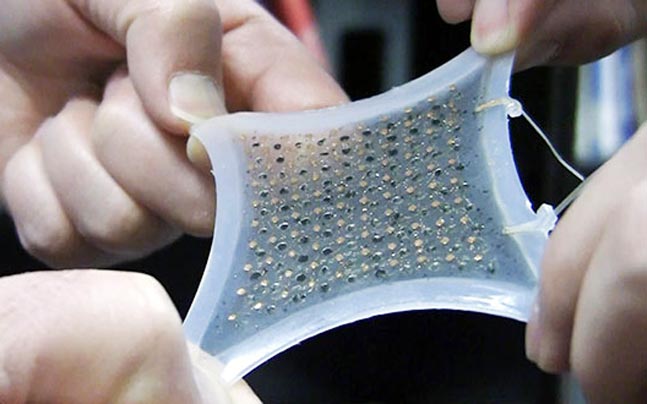
The use of plastics, or polymers, in batteries is not new. For some time, lithium ion batteries have used polymers as electrolytes -- the energy source that transports negative ions to the battery's positive pole. Until now, however, those polymer electrolytes have been flowable gels that could, in some cases, leak or burst into flame.
To avoid such risks, the Stanford researchers developed a polymer that is solid and stretchable rather than gooey and potentially leaky, and yet still carries an electric charge between the battery's poles. In lab tests the experimental battery maintained a constant power output even when squeezed, folded and stretched to nearly twice its original length.
The prototype is thumbnail-sized and stores roughly half as much energy, ounce for ounce, as a comparably sized conventional battery. Graduate student David Mackanic said the team is working to increase the stretchable battery's energy density, build larger versions of the device and run future experiments to demonstrate its performance outside the lab. One potential application for such a device would be to power stretchable sensors designed to stick to the skin to monitor heart rate and other vital signs as part of the BodyNet wearable technology being developed in Bao's lab.
A novel battery developed by GREPOW and already in production has similar characteristics. The thinnest can reach 0.4mm, which is smaller than your fingernail!
Here is a test case of the bending performance of a novel battery:Charge the battery to 3.83v and fix the battery to the surface of the white PVC card. Fix the cell pole card to the bending and torsion tester, 15 degrees forward and backward, and 30 degrees total distortion, for bending and torsion test.
After the bending and torsion test of the 0.45mm ultrathin cell for 9000 times, the surface of the cell was folded and the internal pole sheet had creases. The internal resistance increased by about 45%. The voltage before and after the bending and torsion basically remained unchanged.
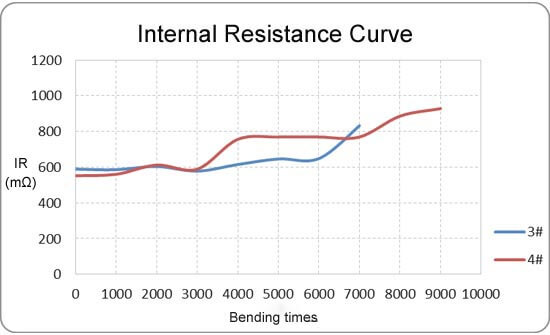
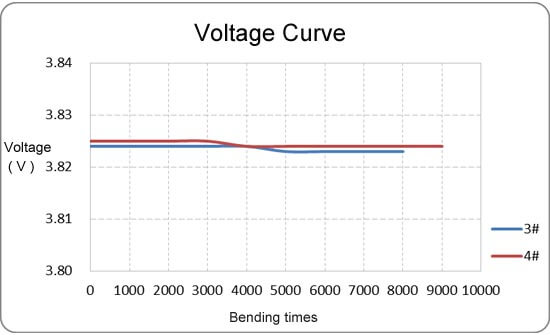
Source:Stanford School of Engineering
If you are interested in this battery, please contact us:
Email address:info@grepom.com
Page: Grepow Shaped Batteries
Related Articles
-
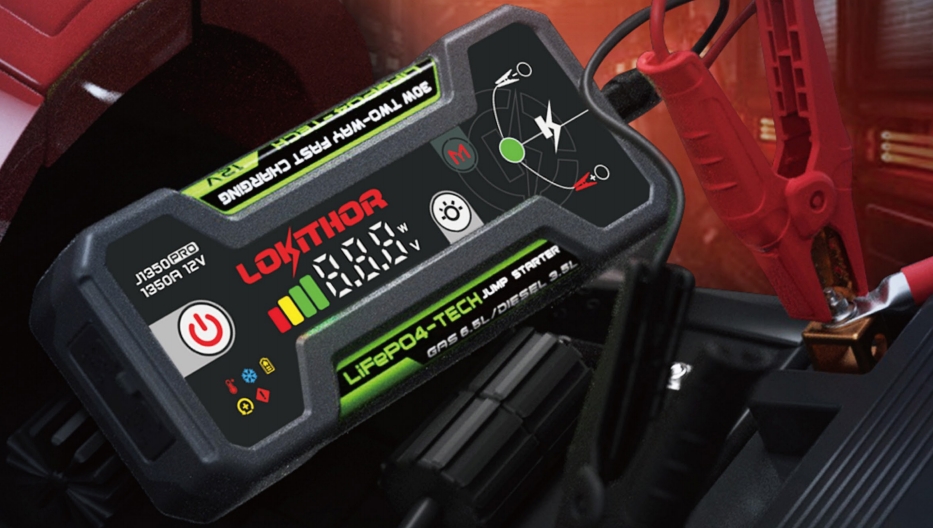
The Ultimate Guide to Grepow Jump Starter
2025-03-27 -

How to Choose Lithium Batteries for Cold Weather?
2024-09-19 -

Next-Generation eVTOL Battery Technology
2024-08-22

















































